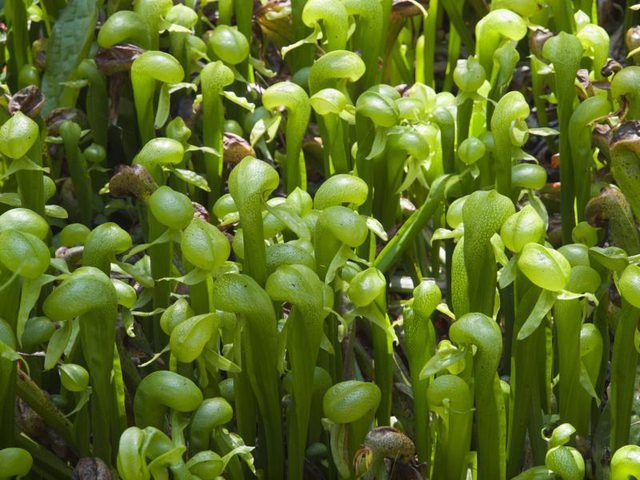Bulbs
Flower Basics
Flower Beds & Specialty Gardens
Flower Garden
Garden Furniture
Garden Gnomes
Garden Seeds
Garden Sheds
Garden Statues
Garden Tools & Supplies
Gardening Basics
Green & Organic
Groundcovers & Vines
Growing Annuals
Growing Basil
Growing Beans
Growing Berries
Growing Blueberries
Growing Cactus
Growing Corn
Growing Cotton
Growing Edibles
Growing Flowers
Growing Garlic
Growing Grapes
Growing Grass
Growing Herbs
Growing Jasmine
Growing Mint
Growing Mushrooms
Orchids
Growing Peanuts
Growing Perennials
Growing Plants
Growing Rosemary
Growing Roses
Growing Strawberries
Growing Sunflowers
Growing Thyme
Growing Tomatoes
Growing Tulips
Growing Vegetables
Herb Basics
Herb Garden
Indoor Growing
Landscaping Basics
Landscaping Patios
Landscaping Plants
Landscaping Shrubs
Landscaping Trees
Landscaping Walks & Pathways
Lawn Basics
Lawn Maintenance
Lawn Mowers
Lawn Ornaments
Lawn Planting
Lawn Tools
Outdoor Growing
Overall Landscape Planning
Pests, Weeds & Problems
Plant Basics
Rock Garden
Rose Garden
Shrubs
Soil
Specialty Gardens
Trees
Vegetable Garden
Yard Maintenance
Cobra Lily Plant Information
Cobra Lily Plant Information. As rare as it is, the cobra lily (Darlingtonia californica) has an unusual appearance that makes it easily identifiable. Dangling from the curving, purple-mottled yellow-green plant that has a form resembling a cobra is a specialized, purplish-red leaf that looks like a cobra's forked tongue. This nectar-filled...

As rare as it is, the cobra lily (Darlingtonia californica) has an unusual appearance that makes it easily identifiable. Dangling from the curving, purple-mottled yellow-green plant that has a form resembling a cobra is a specialized, purplish-red leaf that looks like a cobra's forked tongue. This nectar-filled appendage attracts insects through an opening on its surface. The unsuspecting bugs eventually fall into a chamber of bacterial-filled solution that dissolves them into plant-feeding broth. Because its growing conditions are so difficult to duplicate, cobra lily is a carnivorous plant best enjoyed in the wild.
Natural Habitat
Cobra lily, also known as the California pitcher plant, grows wild in a few secluded areas of the northern California mountains and southern Oregon coast. Because it has protected status in both states, collecting the plant in the wild is illegal. One major habitat of cobra lily is Darlingtonia Bog in the Butterfly Valley Botanical Area, which is in Plumas National Forest and about a three-hour drive northeast of Sacramento, California. Another one of its habitats is Oregon's Darlingtonia State Natural Site near Florence. Like other carnivorous plants, cobra lily flourishes in serpentine soils and sphagnum peat bogs inhospitable to other vegetation. In most cases in the wild, the plant inhabits sloping terrain with cold spring water flowing over or just beneath the soil.
Growing Conditions
Cobra lily grows as a perennial in U.S. Department of Agriculture plant hardiness zones 7 through 10. A cobra lily native to mountains does best in a site exposed to partial sun to full sun while a cobra lily native to the coast does better in a partial- to full-shade location, especially where summer is hot. Because the bulk of its nutrition comes from insects and the remainder from photosynthesis, cobra lily doesn't need fertilizer. Its survival depends on constant access to water. The plant spreads by its thick roots, or rhizomes, that grow just beneath the soil's surface. Without a nearby source of cold, seeping water bathing and carrying oxygen to its rhizomes, a cobra lily may collapse and die.
Container Culture
Cobra lilies grown from seeds take two to four years to become large enough for individual pots. If you want to reduce the wait, choose an already-started mountain cobra lily raised outdoors instead of in a greenhouse. The mountain plant tolerates wide temperature swings and low humidity much better than a plant from the Oregon coast. In order to mimic your young plant's natural growing conditions, plant it in a loose, moisture-retaining medium that is 1 part peat moss, 1 part orchid bark and 1 to 2 parts pumice or perlite, according to a Sarracenia Northwest online article. Its pot should be a shallow, wide container that is the size of a cat litter pan and that has several bottom drainage holes.
Potted Specimen Care
From spring to fall, a potted cobra lily needs cold distilled water daily; in very hot weather, it needs watering each morning and evening. During its winter dormancy, move the potted plant to a location where the temperature remains below 50 degrees Fahrenheit, and set it on a shallow tray of distilled water to keep its growing medium moist. Cobra lily tolerates short periods at temperatures as low as 20 F without harm. In windy, subfreezing conditions, protect it from frost burn with a tarp, but prop the tarp so it doesn't touch the plant.